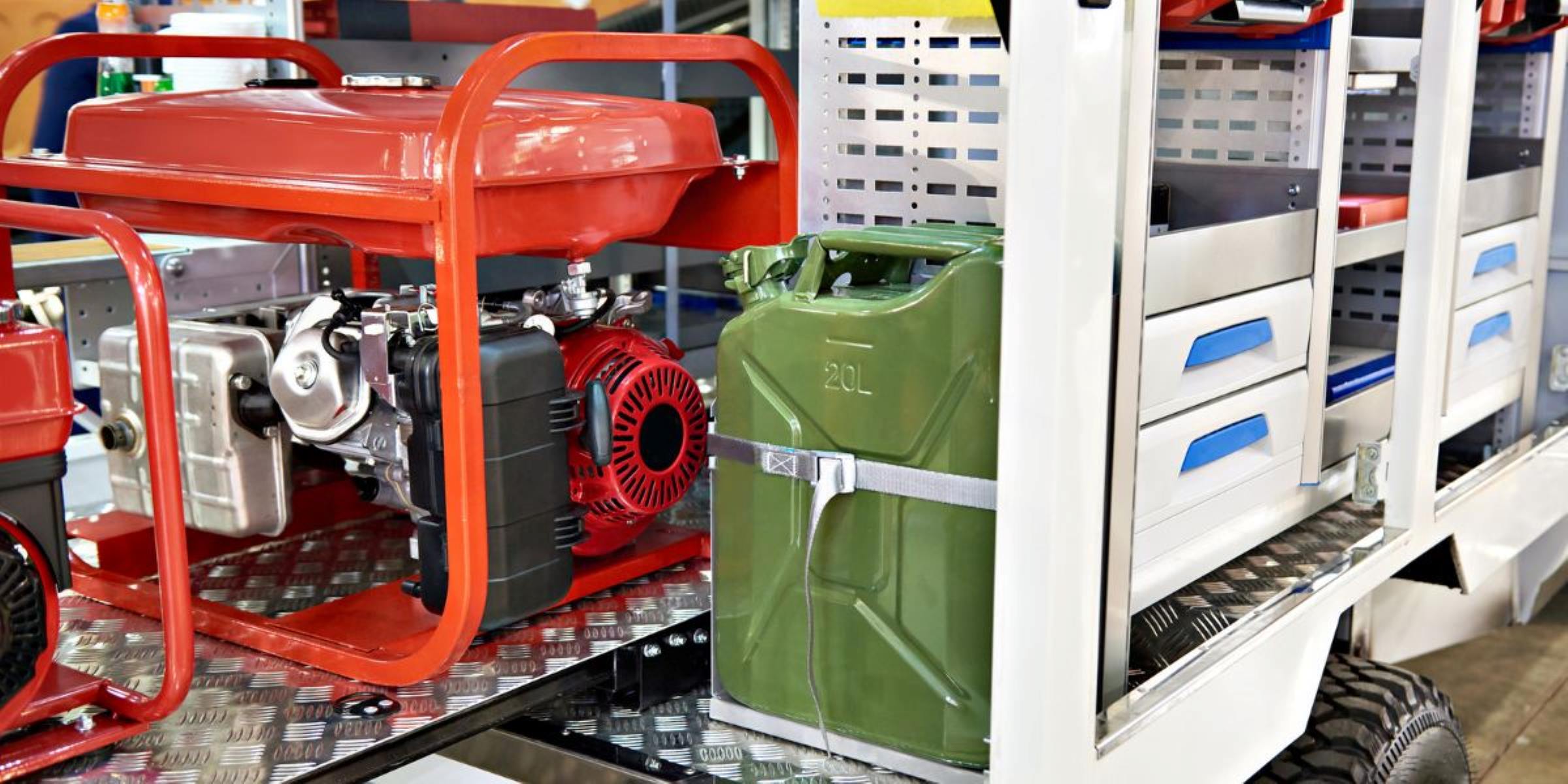

Articles
How To Store Gasoline For Generator
Modified: October 28, 2024
Learn the best practices for storing gasoline for your generator in this informative article. Ensure safety and prolong the lifespan of your generator with proper gasoline storage.
(Many of the links in this article redirect to a specific reviewed product. Your purchase of these products through affiliate links helps to generate commission for Storables.com, at no extra cost. Learn more)
Introduction
Welcome to our comprehensive guide on how to store gasoline for your generator. Whether you live in an area prone to power outages or rely on a generator for your outdoor activities, it is essential to know how to properly store gasoline to ensure both safety and efficiency. In this article, we will walk you through the necessary steps and precautions to store gasoline safely and effectively.
Gasoline is a highly flammable and volatile substance, making it crucial to handle and store it with utmost care. When stored correctly, gasoline can remain usable for an extended period of time and provide you with a reliable fuel source for your generator whenever you need it. By following the guidelines and best practices we outline in this article, you can ensure that your stored gasoline remains stable, safe, and ready for use.
Before we delve into the specifics of storing gasoline for your generator, it’s important to know that safety should always be your top priority. Handling gasoline improperly can lead to hazardous situations, such as fires or explosions. Therefore, we highly recommend taking the time to familiarize yourself with safety precautions and regulations concerning the storage and handling of gasoline in your area.
In the following sections, we will cover everything you need to know about storing gasoline for your generator, including the appropriate containers to use, finding a suitable storage location, minimizing environmental factors that can affect gasoline quality, and proper maintenance of your gasoline supply. Let’s dive in!
Key Takeaways:
- Properly storing gasoline for your generator ensures safety, fuel quality, and reliable performance. Adhere to safety precautions, choose the right containers, and maintain a well-organized and rotated supply for optimal functionality.
- Prioritize safety, adhere to local regulations, and follow proper disposal procedures when storing gasoline for your generator. With the right precautions and maintenance, your stored gasoline will remain safe, reliable, and ready to power your generator whenever needed.
Read more: How To Store Gasoline Safely
Safety Precautions
When it comes to storing gasoline, safety should be your primary concern. Gasoline is a highly flammable substance and mishandling it can lead to dangerous situations. Here are some important safety precautions to keep in mind when storing gasoline for your generator:
- Store in a well-ventilated area: Always store gasoline in a well-ventilated space to prevent the build-up of fumes. Avoid storing gasoline in basements, small sheds, or areas with poor ventilation. It’s best to designate a separate, well-ventilated storage area specifically for gasoline.
- Keep away from heat sources: Gasoline should be stored away from any direct heat sources, such as heaters, furnaces, or open flames. High temperatures can increase the risk of ignition, so it’s important to store gasoline in a cool environment.
- Use approved containers: When storing gasoline, it’s crucial to use containers specifically designed for fuel storage. Look for containers that are made of high-density polyethylene (HDPE) and have a sealable cap. These containers are designed to withstand the flammability of gasoline and minimize the risk of leaks or spills.
- Avoid overfilling: Never overfill your gasoline containers. Fuel needs room to expand due to temperature changes, so it’s important to leave some air space at the top of the container. Overfilled containers can easily leak or become unstable, leading to potential hazards.
- Keep out of reach of children and pets: Store gasoline out of the reach of children and pets. Make sure the storage area is secure and inaccessible to curious hands or paws. Consider using childproof locks or installing a lockable cabinet if necessary.
- No smoking or open flames: Absolutely no smoking or open flames should be allowed near gasoline storage areas. Ensure that everyone in the household is aware of this rule and enforces it at all times. Even a small spark can ignite the flammable vapors of gasoline.
- Properly dispose of old or contaminated gasoline: If you have old or contaminated gasoline that is no longer suitable for use, it’s important to dispose of it properly. Contact your local waste management facility or fire department to find out the appropriate procedures for disposal in your area.
By following these safety precautions, you can ensure a secure and hazard-free environment for storing gasoline for your generator. Now that we have covered the safety aspect, let’s move on to choosing the right containers for storing gasoline.
Choosing the Right Containers
When it comes to storing gasoline for your generator, choosing the right containers is crucial for both safety and fuel integrity. The containers you use should be specifically designed for storing flammable liquids like gasoline. Here are some factors to consider when selecting the right containers:
1. Material: Look for containers made of high-density polyethylene (HDPE) or metal. These materials are durable, resistant to corrosion, and can safely store gasoline without interacting with the fuel. Avoid using containers made of materials like glass or thin plastics, as they may not be suitable for storing gasoline.
2. Capacity: Choose containers that can hold an appropriate amount of gasoline for your needs. It’s essential to strike a balance between having enough fuel supply and avoiding excess, which can increase the risk of spillage or evaporation. Consider the capacity of your generator and calculate how much gasoline you need to store accordingly.
3. Sealability: Properly sealed containers are crucial for preventing leaks and minimizing the risk of ignition from gasoline vapors. Look for containers with tight-fitting caps or lids that provide a secure seal. An airtight seal not only keeps the fuel from evaporating but also prevents the entry of moisture and contaminants.
4. Safety Features: Some containers come with additional safety features, such as flame arrestors or childproof locks. These features can provide an extra layer of protection against accidental ignition or unauthorized access. Consider containers with these features if you prioritize added safety.
5. Compatibility: Ensure that the containers you choose are compatible with gasoline. Look for labels or markings that specify that the containers are designed and approved for storing gasoline. Using containers not specifically designed for flammable liquids can lead to leaks, deterioration, or other safety risks.
6. Ease of Use: Consider the practicality and ease of use of the containers. Look for containers with convenient handles, comfortable grip, and pour spouts that allow for smooth and controlled pouring of gasoline into your generator’s tank. A well-designed container can make the whole process of refueling your generator safer and more efficient.
7. Quantity: Depending on your needs, you may choose to have multiple small containers or a larger container. Consider the space available for storage and the frequency with which you use your generator. Having multiple smaller containers can provide flexibility in terms of usage and rotation, while a larger container may be more convenient for those with higher fuel consumption.
By taking these factors into account and choosing the right containers, you can ensure safe and effective storage of gasoline for your generator. In the next section, we will discuss how to properly store gasoline in the approved containers you’ve selected.
Storing Gasoline in Approved Containers
Now that you’ve chosen the right containers for storing gasoline, it’s important to know how to properly store the fuel in them. Follow these guidelines to ensure the safe storage of gasoline in approved containers:
- Ensure cleanliness: Before filling the container, ensure that it is clean, dry, and free from any residue or contaminants. Any dirt, water, or foreign substances can compromise the quality of the fuel and potentially cause damage to your generator.
- Use a funnel: To minimize the risk of spills and splashes, use a funnel when pouring gasoline into the container. This helps control the flow and prevents waste or potentially hazardous situations.
- Fill to the recommended level: Do not overfill the container. Leave some space at the top to allow for fuel expansion due to temperature changes. Typically, it is recommended to fill the container to about 90% of its capacity.
- Tightly seal the container: After filling the container, securely close the cap or lid to ensure an airtight seal. This helps prevent evaporation, minimize the risk of leaks, and keep the fuel free from contaminants.
- Store the containers upright: Keep the containers in an upright position at all times. Storing them horizontally or at an angle increases the risk of leakage and can compromise the integrity of the container or the seal.
- Keep containers away from ignition sources: Store the containers in a well-ventilated, cool, and dry area away from any potential ignition sources. Avoid storing them near heat sources, direct sunlight, open flames, or electrical appliances.
- Consider secondary containment: To provide an additional layer of protection in case of leaks or spills, consider placing your gasoline containers in a secondary containment system, such as a spill-proof tray or a designated storage cabinet. This helps contain any potential spills and prevents them from spreading.
- Label the containers: Clearly label each container with the word “Gasoline” or a similar identifier. This ensures that anyone accessing the storage area understands the contents and can handle them appropriately. You may also want to include the date of purchase or the expiration date to help with rotation.
- Keep an inventory: Maintain a written inventory or log of the stored gasoline containers. Note the purchase dates, amounts, and any relevant details. Regularly assess the inventory to ensure that fuel is rotated properly and used within its recommended shelf life.
By following these guidelines, you can ensure that gasoline is stored safely and ready for use when you need it. In the next section, we will discuss finding an appropriate location for storing your gasoline containers.
Finding an Appropriate Storage Location
Choosing the right storage location for your gasoline containers is essential to ensure safety and maintain fuel quality. Here are some factors to consider when finding an appropriate storage location:
- Well-ventilated area: Select a storage area that is well-ventilated to prevent the accumulation of flammable vapors. Adequate ventilation helps to disperse any fumes that may be present, reducing the risk of ignition or explosion. Avoid storing gasoline in enclosed spaces such as basements or small sheds without proper ventilation.
- Away from ignition sources: Keep your gasoline containers and storage area at a safe distance from any potential sources of ignition. This includes open flames, heaters, electrical appliances, and even static electricity. Maintaining a clear separation from these sources minimizes the risk of accidental fires or explosions.
- Cool and dry environment: Look for a cool and dry location to store your gasoline containers. High temperatures can lead to increased evaporation of the fuel and may impact its quality over time. Additionally, humidity and moisture can promote corrosion and degrade the integrity of the containers. Find a storage area that remains relatively cool and has low humidity levels.
- Out of direct sunlight: Sunlight can cause accelerated evaporation of gasoline and may also contribute to the breakdown of its chemical components. Choose a storage area that is shielded from direct sunlight to minimize exposure and maintain the integrity of the fuel for a longer period.
- Secure and inaccessible: Ensure that the storage area is secure and inaccessible to unauthorized individuals, especially children and pets. Consider using lockable cabinets or designated storage units to prevent accidental exposure or tampering. Safety should always be a top priority when selecting a storage location.
- Away from living areas: It is advisable to keep the gasoline containers and storage area away from living spaces, such as bedrooms, living rooms, or kitchens. This reduces the risk of accidental exposure to the fuel and ensures that any potential leaks or spills are contained in a separate area.
- Easily accessible: While it is important to secure the storage area, make sure it is easily accessible in case of emergencies or when you need to access the fuel for your generator. Consider the convenience of transportation and ease of refilling your generator when selecting the storage location.
- Compliance with local regulations: Familiarize yourself with any local regulations or guidelines related to the storage of flammable materials, including gasoline. Different regions may have specific requirements, such as maximum quantity limits or safety measures. Adhering to these regulations ensures compliance and minimizes potential legal issues.
By considering these factors, you can find an appropriate storage location for your gasoline containers that prioritizes safety and helps maintain the quality and effectiveness of the fuel. In the next section, we will discuss how to minimize exposure to sunlight and high temperatures for optimal gasoline storage.
Read more: How To Store Gasoline Long Term
Avoiding Direct Sunlight and High Temperatures
Direct sunlight and high temperatures can have a detrimental effect on the quality and stability of stored gasoline. It is crucial to protect your gasoline containers from these environmental factors to ensure optimal fuel performance. Here are some measures you can take to avoid direct sunlight and high temperatures:
- Select a shaded storage area: When choosing a storage location for your gasoline containers, opt for a shaded area that is protected from direct sunlight. This can be a cool garage, a shaded spot in your yard, or a designated storage shed with adequate ventilation. By keeping the containers out of direct sunlight, you minimize the exposure of the fuel to heat and ultraviolet (UV) radiation.
- Utilize reflective barriers: If you cannot find a completely shaded storage area, consider using reflective barriers. Install reflective material, such as aluminum foil, on the walls or roof of the storage space to reflect sunlight and reduce the amount of heat absorbed. This helps to maintain a cooler environment for your gasoline containers.
- Insulate the containers: Insulating your gasoline containers can help regulate the temperature inside. Wrap the containers with insulation materials, such as foam or blankets, to prevent heat transfer and minimize exposure to high temperatures. This added insulation can help maintain a cooler and more stable environment for the stored fuel.
- Avoid storing near heat sources: Ensure that your gasoline containers are kept away from any heat sources, such as heaters or electrical appliances. Even if the storage area is shaded, the proximity to heat sources can raise the temperature inside the containers. Maintaining sufficient distance from these sources reduces the risk of fuel evaporation and degradation.
- Time your refueling: Consider refueling your generator during cooler parts of the day, such as early morning or evening, when temperatures are generally lower. This reduces the exposure of both the fuel and the containers to high temperatures during the refueling process.
- Monitor the storage temperature: Regularly check the temperature of your storage area using a thermometer. Ensure that the temperature remains within the recommended range for gasoline storage. If the temperature exceeds the safe limits, consider relocating your gasoline containers to a cooler area.
- Inspect for signs of overheating: Periodically inspect your gasoline containers for signs of overheating or damage. Look for bulging or distorted containers, warped caps, or any other indications of compromised structural integrity. If you notice any signs of overheating, transfer the fuel to a new container and investigate the cause of the issue.
By taking these precautionary measures, you can effectively protect your gasoline containers from direct sunlight and high temperatures, ensuring that the fuel remains stable and suitable for use in your generator. In the next section, we will discuss how to minimize moisture and humidity in your storage area.
Store gasoline for your generator in a well-ventilated, cool, and dry area, away from direct sunlight and any potential sources of ignition. Use approved containers and add a fuel stabilizer to extend its shelf life.
Minimizing Moisture and Humidity
Moisture and humidity can have adverse effects on the quality and longevity of stored gasoline. To ensure optimal fuel performance, it’s important to minimize the presence of moisture and control humidity levels in your storage area. Here are some steps you can take to minimize moisture and humidity:
- Choose a dry storage area: Select a storage location that is dry and has low humidity levels. Areas such as basements or damp sheds should be avoided, as they can contribute to increased moisture content in the air and potentially contaminate the gasoline.
- Use moisture-absorbing materials: Place moisture-absorbing materials like silica gel packets or desiccants near your gasoline containers. These materials help absorb excess moisture and maintain a dry environment. Make sure to regularly check and replace them as needed.
- Consider dehumidification: If your storage area tends to have high humidity levels, it may be beneficial to invest in a dehumidifier. A dehumidifier helps reduce moisture in the air, creating a drier environment for your gasoline containers.
- Avoid storing near water sources: Keep your gasoline containers away from sources of water, such as sinks, pipes, or areas prone to leaks. Any water leakage or splashing can result in moisture contamination, which can negatively impact the quality of the fuel.
- Regularly inspect for leaks or condensation: Check your gasoline containers for any signs of leaks or condensation. Leaks can introduce moisture into the containers, while condensation can occur due to temperature fluctuations. Wipe off any moisture and address any leaks promptly to prevent further contamination.
- Maintain proper sealing: Ensure that the containers are tightly sealed at all times. Proper sealing prevents the entry of external moisture and helps retain the quality of the fuel. Inspect the caps or lids regularly and replace any damaged or worn seals.
- Avoid storing near humidifiers or air conditioning units: Keep your gasoline containers away from humidifiers or air conditioning units. These devices release moisture into the air, potentially increasing humidity levels in the vicinity and affecting the quality of the stored fuel.
- Monitor humidity levels: Use a hygrometer or humidity monitor to regularly check the humidity levels in your storage area. Ideally, the humidity should be kept below 60% to maintain optimal fuel quality. If necessary, implement additional moisture control measures accordingly.
By following these guidelines, you can effectively minimize moisture and humidity in your gasoline storage area, ensuring that the fuel remains clean and unaffected by environmental factors. In the next section, we will discuss the importance of labeling and organizing your gasoline containers.
Labeling and Organizing Gasoline Containers
Labeling and organizing your gasoline containers is an essential step in maintaining a safe and efficient storage system. Proper labeling helps identify the contents of each container and ensures that everyone accessing the storage area can handle the containers appropriately. Here are some tips for labeling and organizing your gasoline containers:
- Clear and prominent labeling: Clearly label each gasoline container with the word “Gasoline” or a similar identifier. Use large, legible fonts and choose labels that have high contrast with the container color. Place the labels where they can be easily seen and read from a distance.
- Inclusion of important details: Consider including other important details on the labels, such as the purchase date or the expiration date of the gasoline. This information helps with rotation and ensures that the fuel is used within its recommended shelf life.
- Color coding: For added organization, you may want to consider color coding your gasoline containers. Assign a specific color to each type of fuel or designate different colors for containers that contain fresh fuel versus those with older or contaminated fuel. This makes it easier to identify and retrieve the desired container quickly.
- Consistent storage location: Dedicate a specific area for storing your gasoline containers. Keep the containers organized and in one place to avoid confusion and minimize the risk of accidents. This also allows for easy accessibility and monitoring of the fuel inventory.
- Separation from other flammable materials: Store your gasoline containers separately from other flammable materials, such as oil, paints, or solvents. Keeping them separate helps prevent accidental mixing and minimizes the potential for combustion or dangerous reactions.
- Keep containers upright and stable: Always store your gasoline containers in an upright position to prevent leaks and ensure their stability. Use appropriate shelving or racks to hold the containers securely. Avoid overcrowding and make sure the containers have enough space around them.
- Regular inventory checks: Maintain a written inventory or log of your gasoline containers. Note the purchase dates, amounts, and any relevant details. Regularly inspect and update the inventory to keep track of fuel usage and rotation, ensuring fresh fuel is always available.
- Emergency information: Consider including emergency contact information or instructions on the storage area or in the vicinity of the gasoline containers. This information can be helpful in case of an emergency or when others need to respond to a gasoline-related incident.
By following these labeling and organizing practices, you can create a well-structured and easily manageable system for your gasoline containers. Not only does this promote safety, but it also ensures that your stored fuel is organized, fresh, and suitable for use in your generator. In the next section, we will discuss the importance of rotating your gasoline supply regularly.
Rotating Gasoline Supply Regularly
Rotating your gasoline supply regularly is crucial to ensure that you have fresh fuel available when you need it. Gasoline can deteriorate over time, leading to reduced performance and potential engine damage. By following a proper rotation schedule, you can maintain the quality of your stored gasoline and maximize its effectiveness. Here’s why and how you should rotate your gasoline supply regularly:
- Preventing fuel degradation: Gasoline is prone to degradation over time due to exposure to air, temperature fluctuations, and chemical reactions. As gasoline ages, it can become less volatile and less efficient. By rotating your supply, you ensure that fresh fuel is always available for optimal performance.
- Minimizing risk of engine damage: Storing old or degraded gasoline in your generator can lead to clogged fuel lines, carburetor issues, or other engine damage. Regularly rotating your gasoline supply ensures that you are using fresh, high-quality fuel that is less likely to cause problems and maintain the smooth operation of your generator.
- Using fuel within its shelf life: Gasoline has a limited shelf life, typically ranging from three to six months. By establishing a rotation schedule, you can ensure that you use the fuel within its recommended time frame. This helps avoid waste and ensures that you are always using gasoline that is in its prime condition.
- First in, first out (FIFO) method: Implement the first in, first out (FIFO) method when rotating your gasoline supply. This means using the oldest fuel first and replenishing it with fresh fuel. This ensures that no fuel is left unused for an extended period, reducing the chance of deterioration and waste.
- Log and track usage: Maintain a log or tracking system to keep track of the purchase dates and usage of your gasoline containers. Record the dates when you purchased the fuel and make a note of when you refill your generator with new gasoline. This allows for easy identification and rotation of older fuel when necessary.
- Proper disposal of old fuel: If you have old or expired gasoline that is no longer suitable for use, it is important to dispose of it properly. Contact your local waste management facility or fire department to find out the appropriate procedures for disposal in your area. Do not attempt to use or store expired or contaminated fuel.
- Regular maintenance of the generator: Besides rotating your gasoline supply, make sure to follow the manufacturer’s guidelines for regular maintenance of your generator. This includes cleaning or replacing fuel filters, inspecting fuel lines and connections, and ensuring that the generator is in good working condition.
By following these guidelines for rotating your gasoline supply regularly, you can maintain the quality of your stored fuel and ensure the reliable performance of your generator. Remember, fresh fuel leads to a well-functioning generator and peace of mind during power outages or outdoor activities. In the next section, we will discuss how to inspect your stored gasoline for quality.
Read more: How To Store Gasoline In 55 Gallon Drum
Inspecting Stored Gasoline for Quality
Regularly inspecting your stored gasoline is essential to ensure its quality and integrity. Over time, gasoline can degrade, lose its effectiveness, and become contaminated. By conducting inspections, you can identify any issues early on and take necessary steps to maintain the quality of your fuel supply. Here’s how to inspect your stored gasoline:
- Check for color and clarity: Visually inspect the gasoline for any changes in color or clarity. Fresh gasoline should have a clear, bright appearance. If you notice a cloudy or discolored appearance, it may indicate the presence of contaminants or degradation.
- Look for sediment or particles: Inspect the fuel for any signs of sediment or particles floating in it. Contaminants or deteriorated fuel can result in the formation of solids in the gasoline. If you notice any unwanted substances in the fuel, it may be a sign of poor quality or contamination.
- Check for odor: Smell the gasoline for any unusual or strong odor. Fresh gasoline typically has a distinct, albeit mild, odor. If you detect a strong, foul, or pungent smell, it may indicate contamination or degradation of the fuel.
- Assess volatility: Test the volatility of the gasoline by pouring a small amount onto a clean, non-porous surface and letting it evaporate. Fresh gasoline should evaporate relatively quickly, leaving little to no residue. If a sticky residue remains or the evaporation process is slow and leaves behind a significant coating, it may suggest poor fuel quality.
- Check for water separation: Gasoline and water can separate over time due to differences in density. Inspect the container for any signs of water accumulation at the bottom. Water presence can lead to engine issues or fuel contamination, so if you notice any separation, it’s important to address it promptly.
- Observe container condition: Inspect the condition of your gasoline containers. Look for any signs of leaks, cracks, or damage that could compromise the integrity of the container and lead to fuel contamination or spillage. Replace any damaged containers to ensure safe storage of the fuel.
- Record and compare: Keep a record of your inspection results and compare them over time. Regularly monitoring the quality of your gasoline allows you to identify any trends or changes in fuel degradation or contamination. This helps you take preventive measures and maintain the integrity of your fuel supply.
If you notice any significant issues during the inspection, such as foul odor, heavy contamination, or poor quality, it may be necessary to dispose of the affected gasoline properly. Contact your local waste management facility or fire department for guidance on how to handle and dispose of contaminated or deteriorated fuel.
By conducting regular inspections and promptly addressing any quality concerns, you can ensure that your stored gasoline remains in optimal condition for use in your generator. In the final section, we will discuss the proper disposal of old or contaminated gasoline.
Disposing of Old or Contaminated Gasoline
Proper disposal of old or contaminated gasoline is crucial to prevent environmental damage and ensure safety. If you have gasoline that is no longer suitable for use, whether due to age, contamination, or degradation, it’s important to follow appropriate disposal procedures. Here’s how to dispose of old or contaminated gasoline:
- Contact local authorities: Start by contacting your local waste management facility or fire department to inquire about disposal options and guidelines in your area. They can provide specific instructions and recommendations based on local regulations.
- Use designated collection sites: Many communities have designated collection sites or hazardous waste disposal centers where you can safely dispose of old or contaminated gasoline. These facilities have the necessary equipment and knowledge to handle and dispose of hazardous materials properly.
- Do not pour gasoline down drains or toilets: It’s extremely important not to pour gasoline down drains, toilets, or stormwater systems. Gasoline is highly flammable and can cause serious environmental harm if it enters water sources or sewage systems. Proper disposal is crucial to prevent contamination.
- Follow disposal instructions: Follow the instructions provided by your local authorities or the designated collection sites for proper disposal. They may require you to transport the fuel in specific containers or have specific drop-off times and locations. Adhere to their instructions to ensure the safe and responsible disposal of the gasoline.
- Consider professional disposal services: In some cases, it may be necessary to hire professional hazardous waste disposal services. These companies specialize in safely handling and disposing of hazardous materials, including old or contaminated gasoline. While it may involve a cost, it guarantees proper disposal and peace of mind.
- Label and store separately: If you need to store old or contaminated gasoline temporarily before disposal, ensure that it is stored separately from fresh and usable fuel. Label the containers clearly as “Old or Contaminated Gasoline” to prevent accidental usage or confusion.
- Prevent future accumulation: To minimize the accumulation of old or contaminated gasoline, practice regular rotation of your fuel supply, as discussed earlier. Use fuel within its recommended shelf life and store it properly to maintain its quality. Avoid storing excess fuel that you may not be able to use within a reasonable timeframe.
It is important to follow the proper procedures for disposing of old or contaminated gasoline to protect the environment and ensure the safety of yourself and others. Failure to dispose of gasoline correctly can result in severe consequences. Always prioritize safety and compliance with local regulations when dealing with hazardous materials.
Congratulations, you are now equipped with the knowledge to effectively store gasoline for your generator! Remember to always prioritize safety, adhere to local regulations, and follow proper disposal procedures when necessary. With the right precautions and maintenance, your stored gasoline will remain safe, reliable, and ready to power your generator whenever needed.
Conclusion
Properly storing gasoline for your generator is essential to ensure safety, maintain fuel quality, and maximize performance. By following the guidelines and best practices outlined in this comprehensive guide, you can confidently store your gasoline and be prepared for power outages or outdoor activities. Here’s a recap of the key points to remember:
- Adhere to safety precautions, such as storing gasoline in a well-ventilated area, keeping it away from heat sources, and using approved containers.
- Choose the right containers made of suitable materials, with proper sealing and safety features.
- Find an appropriate storage location that is well-ventilated, cool, and secure.
- Avoid direct sunlight and high temperatures to maintain fuel integrity.
- Minimize moisture and humidity by selecting a dry storage area, utilizing moisture-absorbing materials, and controlling humidity levels.
- Label and organize your gasoline containers for easy identification and safe handling.
- Rotate your gasoline supply regularly using the first in, first out (FIFO) method to use fresh fuel and prevent degradation.
- Inspect stored gasoline for quality, checking for color, clarity, odor, volatility, and water separation.
- Dispose of old or contaminated gasoline properly by contacting local authorities, using designated collection sites, and following disposal instructions.
By implementing these practices, you can ensure the safe storage of gasoline and optimize its performance when used in your generator. Regular maintenance and attention to fuel quality will contribute to the smooth operation of your generator and provide you with a reliable backup power source.
Remember, safety should always be your top priority when handling and storing gasoline. Familiarize yourself with local regulations and seek assistance from professionals if needed. By following the guidelines in this article, you can store your gasoline with confidence and enjoy the peace of mind that comes with preparedness.
Thank you for reading this comprehensive guide on how to store gasoline for your generator. Stay safe, stay prepared, and may your generator provide you with uninterrupted power whenever you need it.
Frequently Asked Questions about How To Store Gasoline For Generator
Was this page helpful?
At Storables.com, we guarantee accurate and reliable information. Our content, validated by Expert Board Contributors, is crafted following stringent Editorial Policies. We're committed to providing you with well-researched, expert-backed insights for all your informational needs.
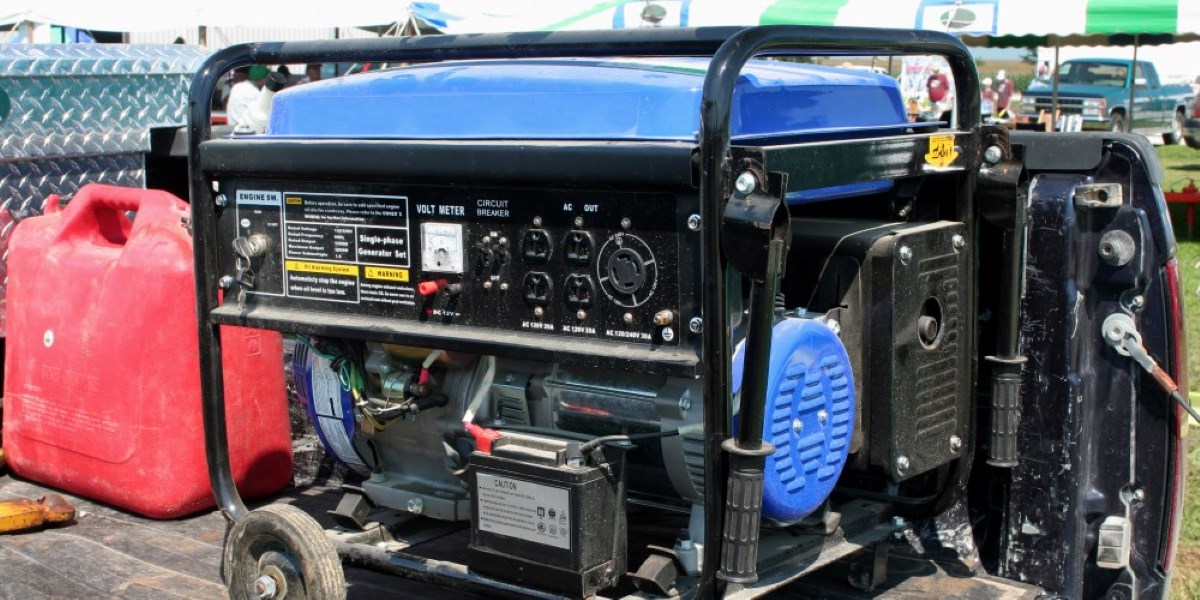


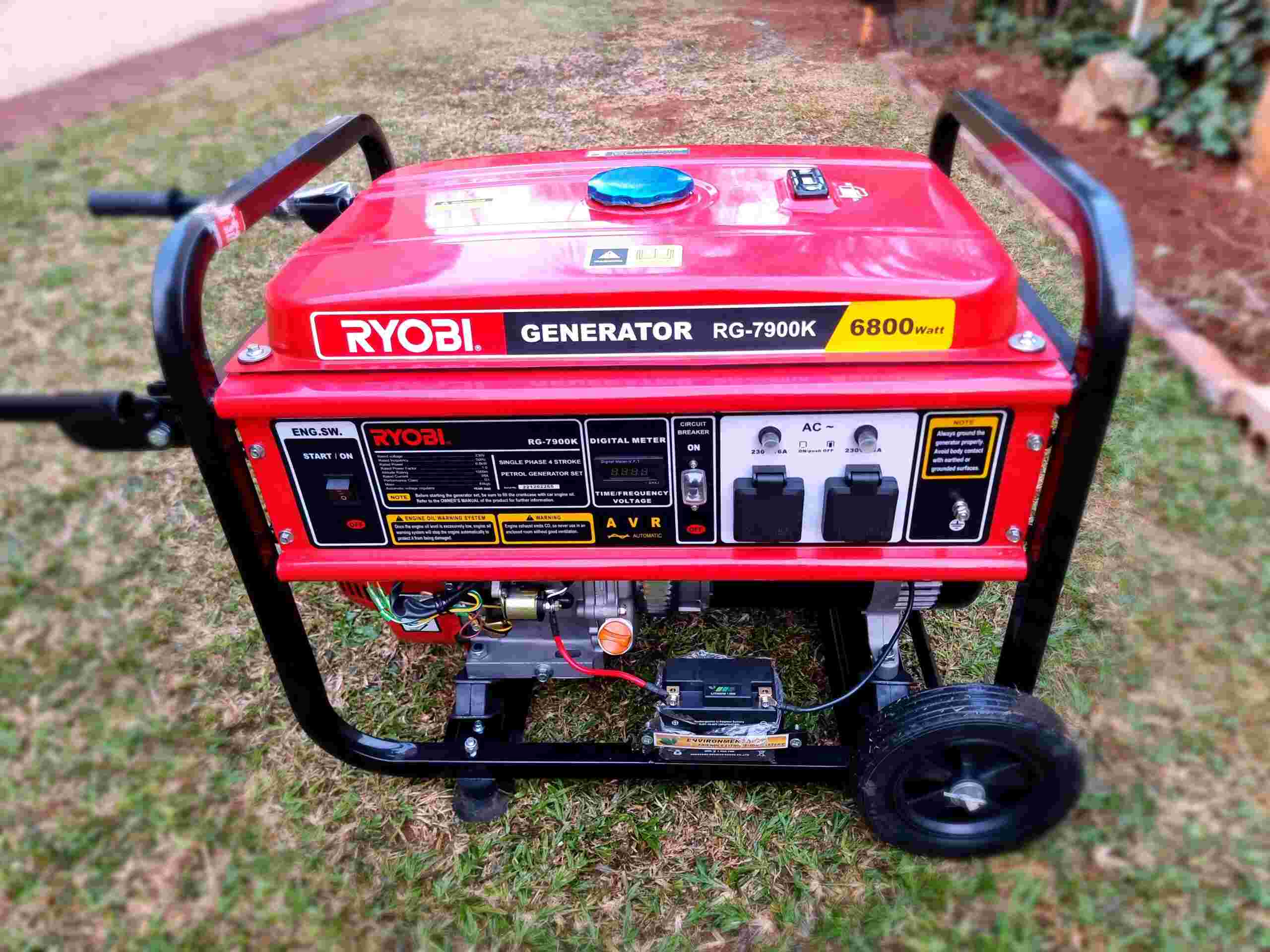

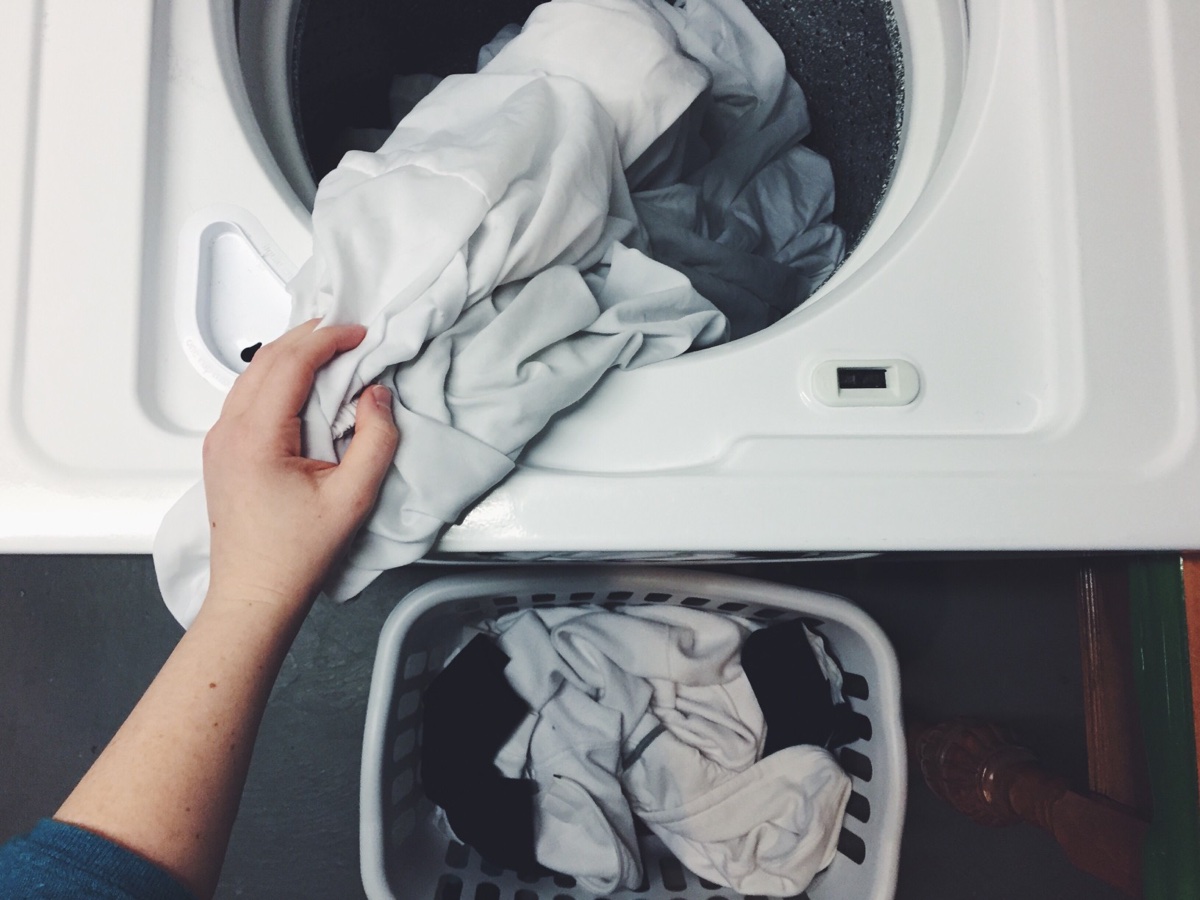
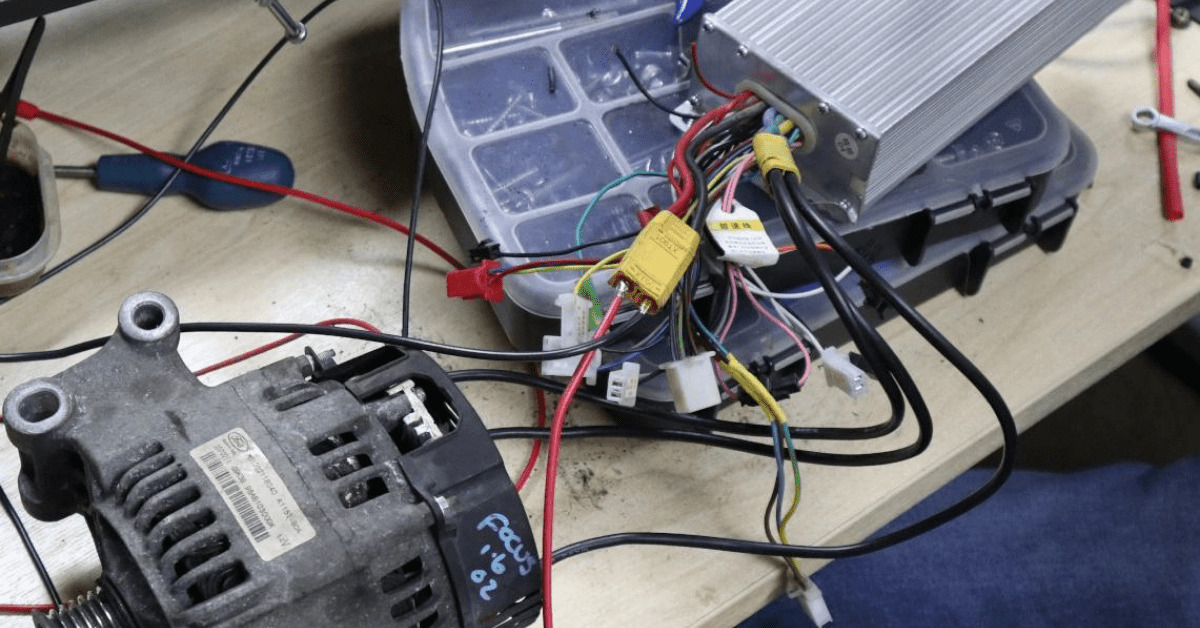
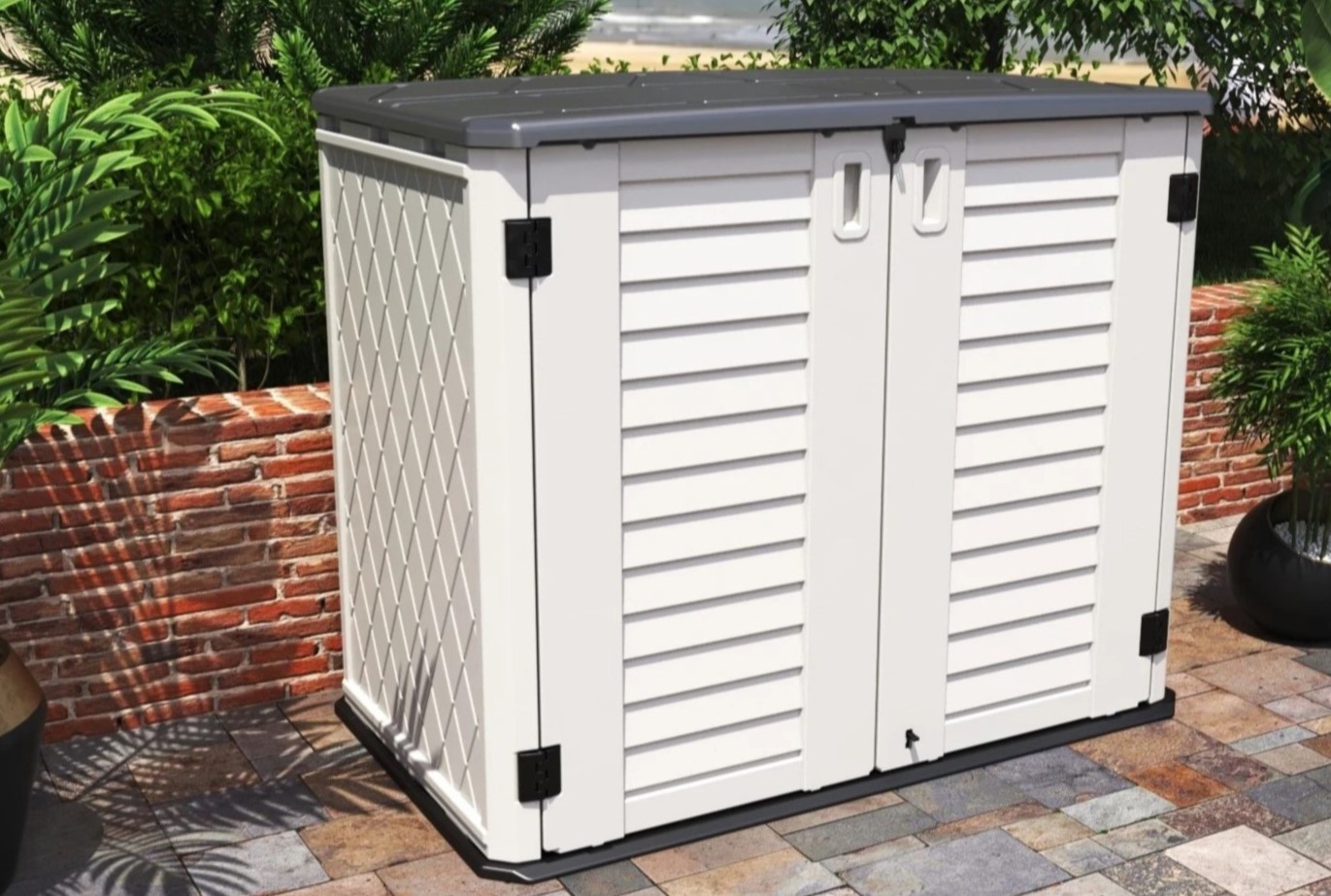
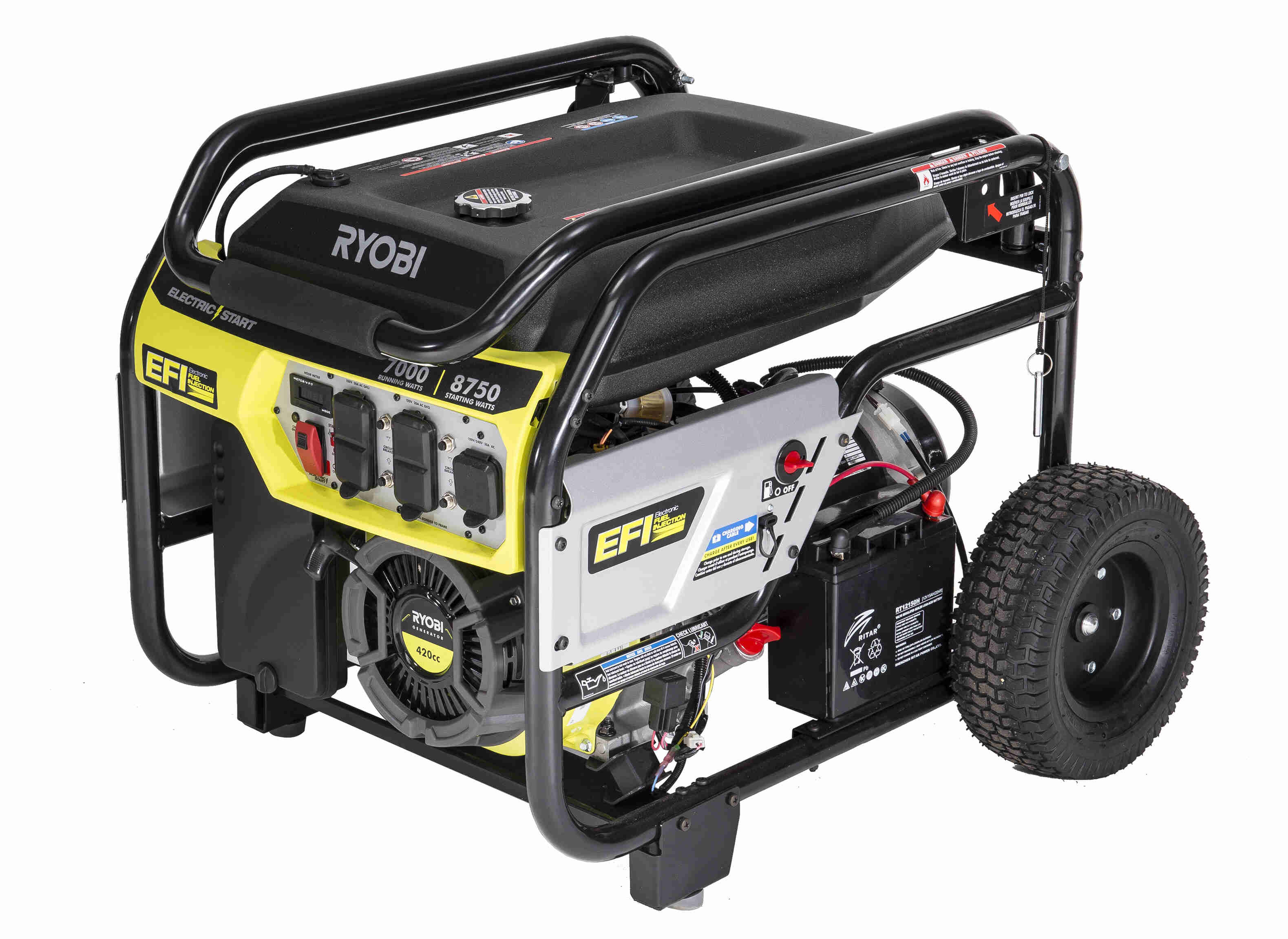
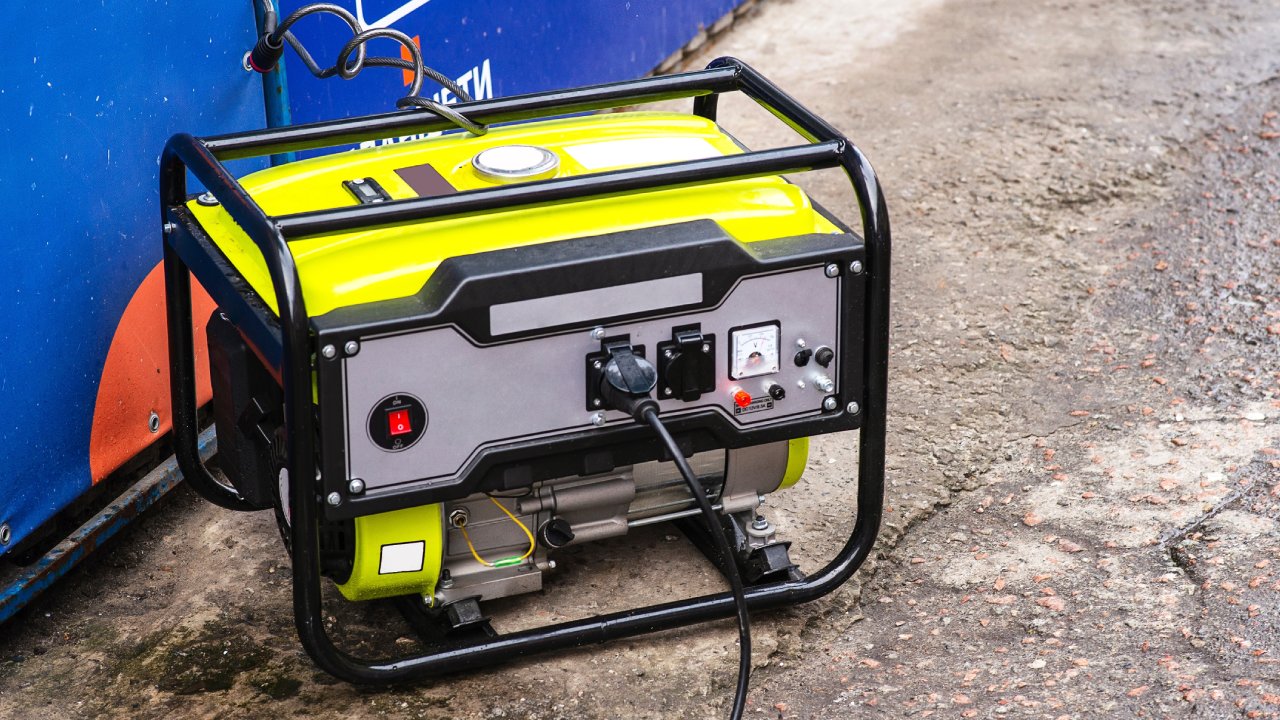
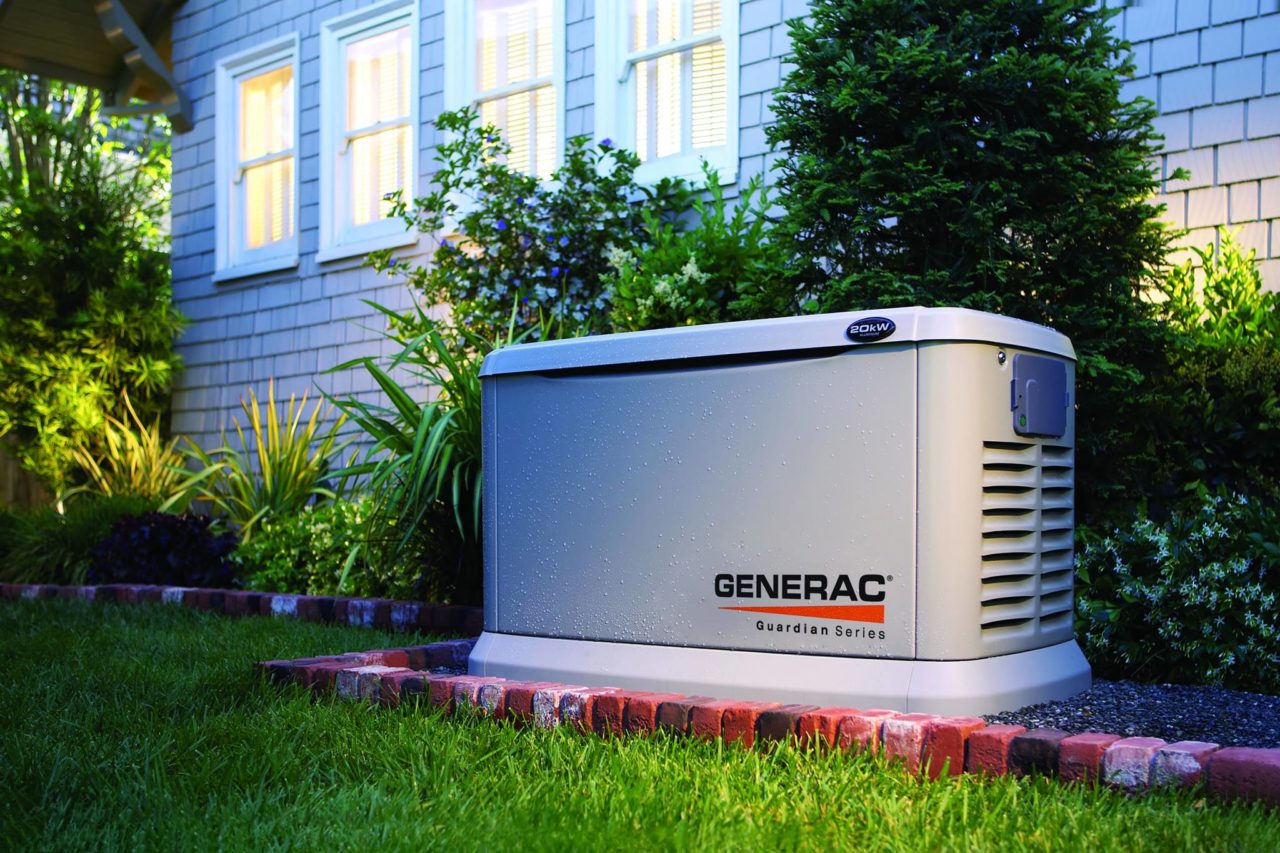
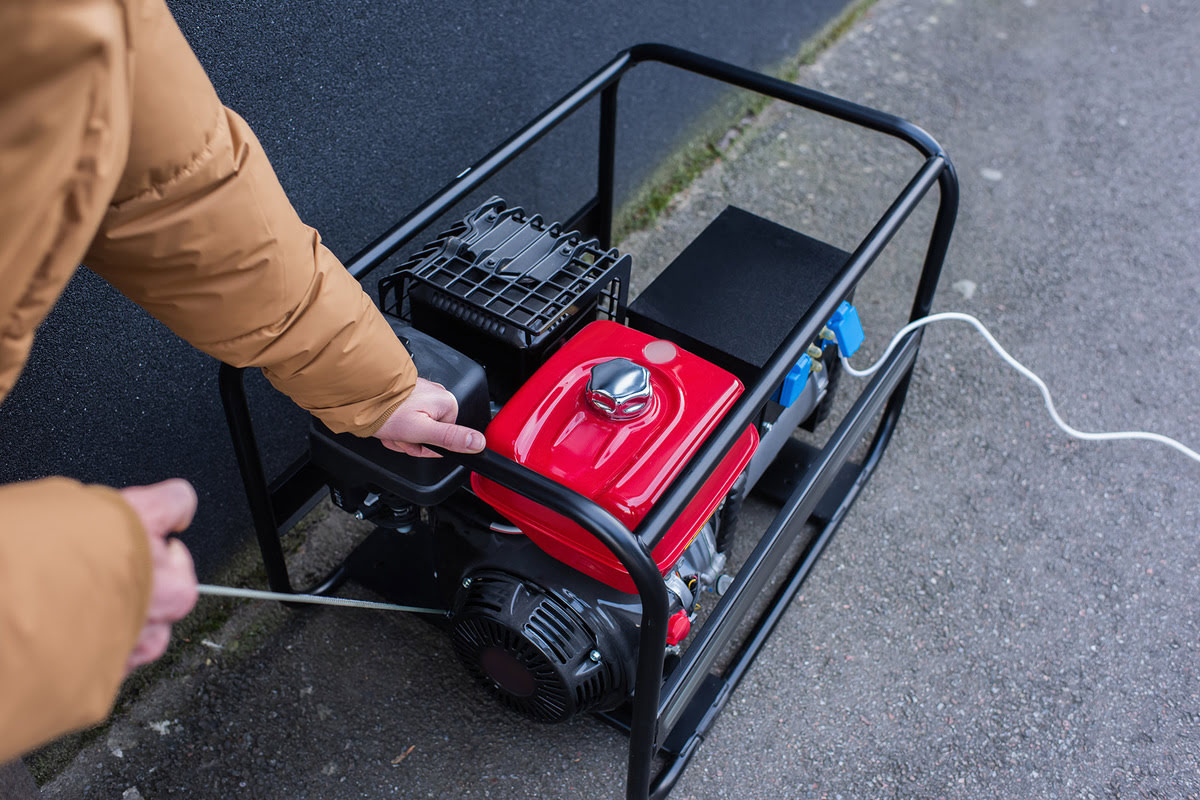


0 thoughts on “How To Store Gasoline For Generator”